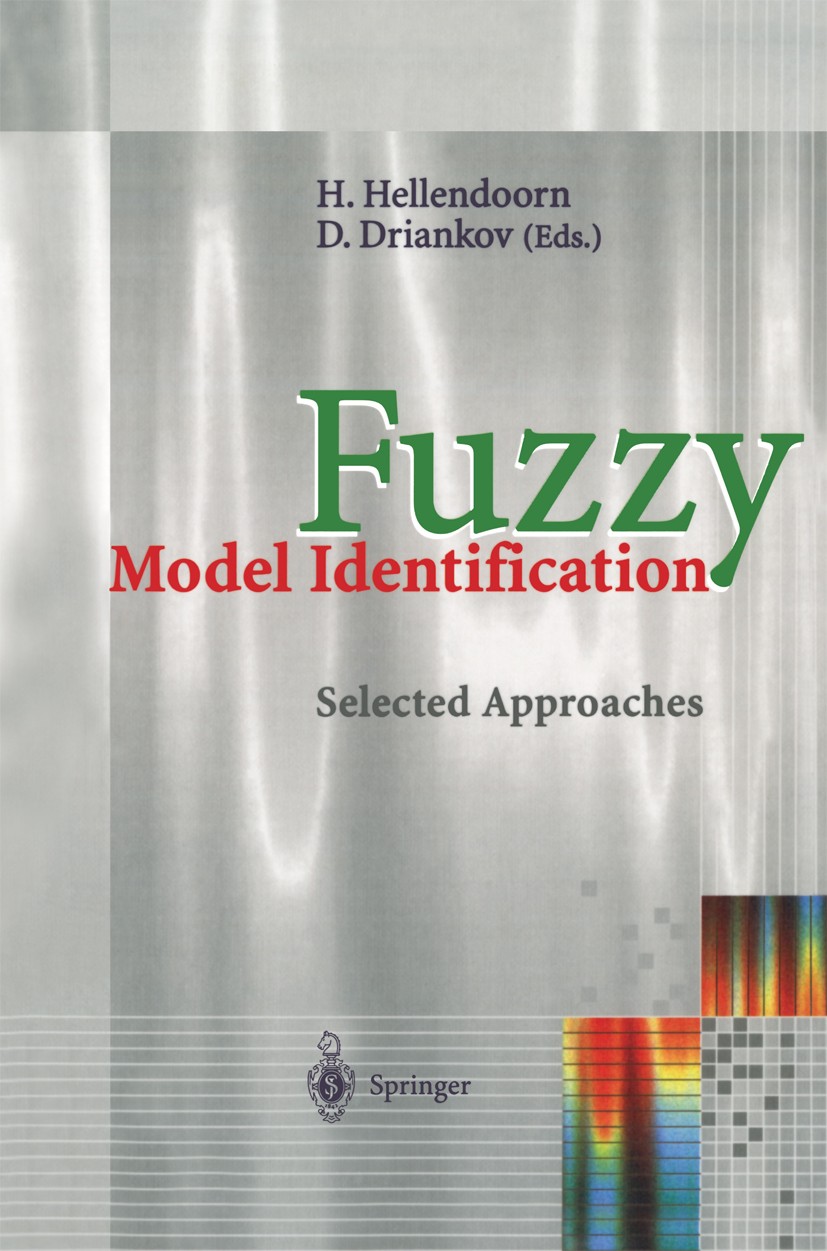| 書目名稱 | Fuzzy Model Identification | | 副標題 | Selected Approaches | | 編輯 | Hans Hellendoorn,Dimiter Driankov | | 視頻video | http://file.papertrans.cn/352/351304/351304.mp4 | | 圖書封面 |  | | 描述 | During the past few years two principally different approaches to the design of fuzzy controllers have emerged: heuristics-based design and model-based design. The main motivation for the heuristics-based design is given by the fact that many industrial processes are still controlled in one of the following two ways: - The process is controlled manually by an experienced operator. - The process is controlled by an automatic control system which needs manual, on-line ‘trimming‘ of its parameters by an experienced operator. In both cases it is enough to translate in terms of a set of fuzzy if-then rules the operator‘s manual control algorithm or manual on-line ‘trimming‘ strategy in order to obtain an equally good, or even better, wholly automatic fuzzy control system. This implies that the design of a fuzzy controller can only be done after a manual control algorithm or trimming strategy exists. It is admitted in the literature on fuzzy control that the heuristics-based approach to the design of fuzzy controllers is very difficult to apply to multiple-inputjmultiple-output control problems which represent the largest part of challenging industrial process control applications. Furth | | 出版日期 | Book 1997 | | 關(guān)鍵詞 | algorithms; artificial intelligence; control; control engineering; genetic algorithms; intelligence; learn | | 版次 | 1 | | doi | https://doi.org/10.1007/978-3-642-60767-7 | | isbn_softcover | 978-3-540-62721-0 | | isbn_ebook | 978-3-642-60767-7 | | copyright | Springer-Verlag Berlin Heidelberg 1997 |
The information of publication is updating

|
|
 |Archiver|手機版|小黑屋|
派博傳思國際
( 京公網(wǎng)安備110108008328)
GMT+8, 2025-10-11 22:57
|Archiver|手機版|小黑屋|
派博傳思國際
( 京公網(wǎng)安備110108008328)
GMT+8, 2025-10-11 22:57


